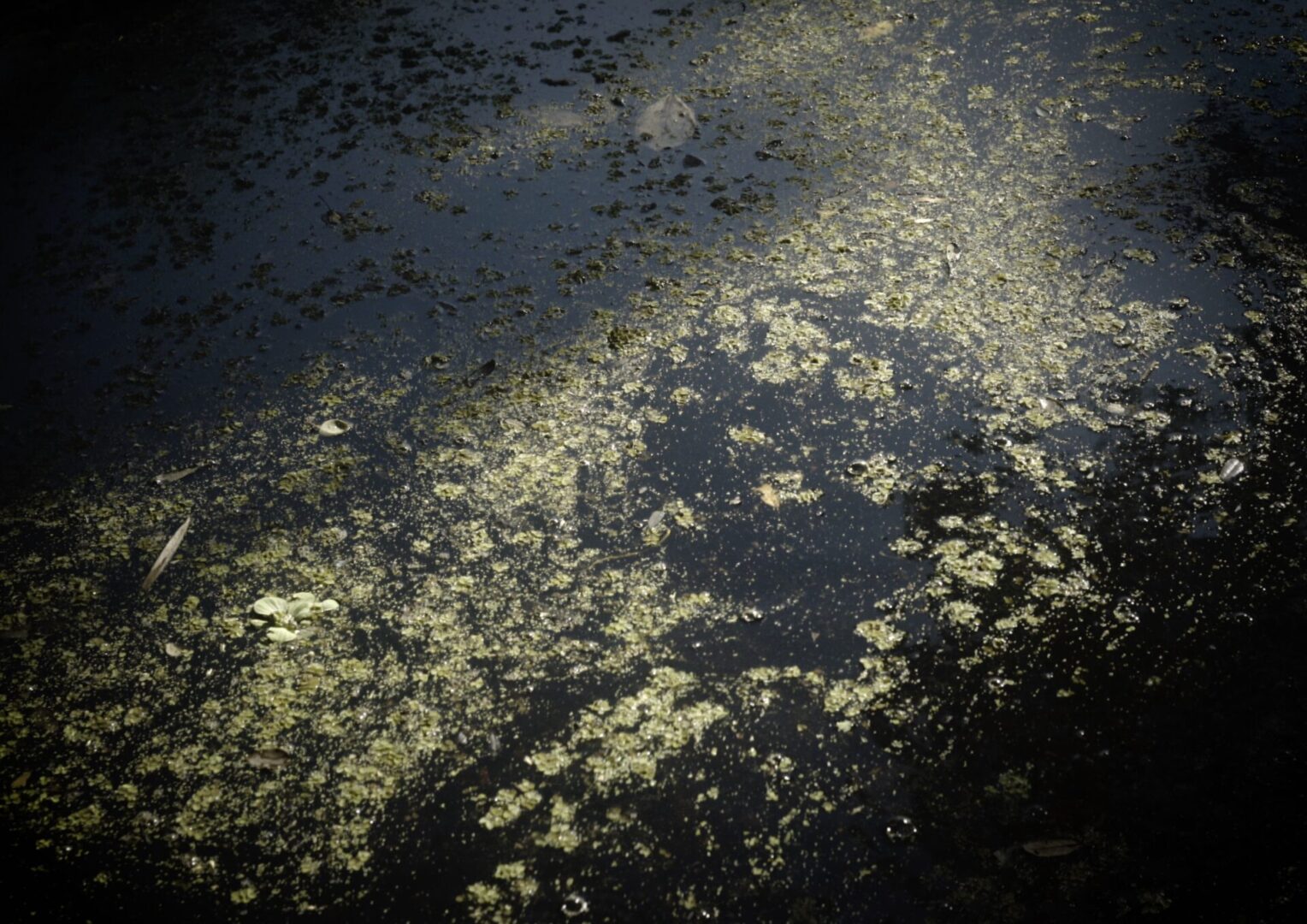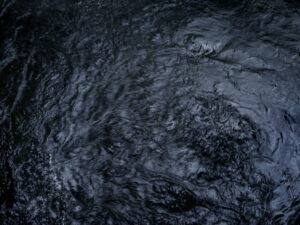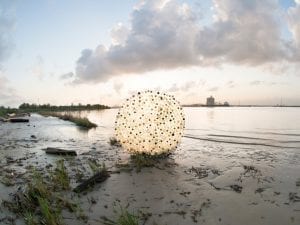Susanna Wallin is an artist and filmmaker engaged with questions about what we do with our time, bodies and the tools we are given to live a life. Her multimedia practice invites audiences to consider what we learn when we view the familiar from a new perspective. Moving-image work, Lizzy, was shortlisted for the 2025 Aesthetica Art Prize. The project began when a Wallin inherited an electric organ following the death of a neighbour in Tampa, Florida. When plugged in, the organ released a wild, unplayed sound – all notes at once – creating a pressure wave of memory and possibility. For Wallin, it became both a puzzle and a portal: a symbol of transition, reverberation and unresolved presence. We spoke to Wallin about the project, why she chooses to work across such a diverse range of media and what’s next.
A: Can you tell me more about the moment you discovered the electric organ and its significance to you personally and artistically?
SW: Lizzy lived down the road from me in Florida, where I’d been living and filming for many years. I had plenty of opportunities to film her, but I never knew how. She provoked some difficult questions for me about subjective experience, something that I was grappling with at the time. She died before I could film with her. After she passed, I was told there was an electric organ that Lizzy had given me and if I could come and pick it up. There was no note. I remember spotting this instrument one of the few times I was in her house and asking her about it. I think she must have remembered. When I plugged the organ into the wall and without touching any of the keys, it produced a wild bellow of a sound using all the notes. It kept getting louder and louder. This current of electricity, or pressure wave of multiple tones, made me think of Lizzy and of how consciousness is expressed through sound. It opened up new avenues in my practice.
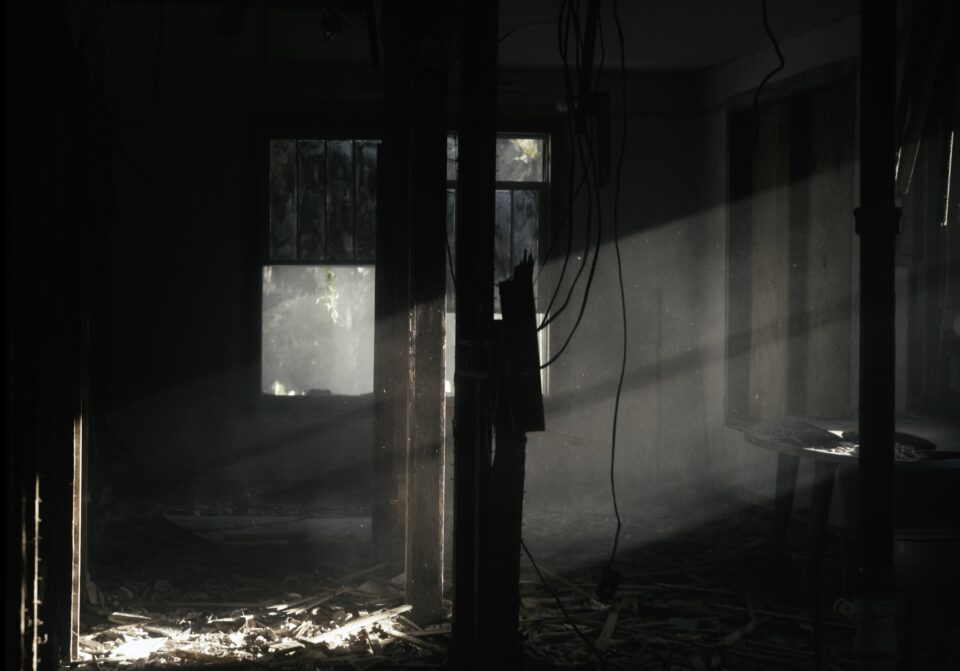
A: You work across film, sound and performance. How do these mediums interact in your work and what draws you to this interdisciplinary approach?
SW: This intersection allows me to engage with multiple ways of experiencing and expressing. There are infinite ways attention can be directed. The choice of which way is one of the most compelling questions for me, certainly when it comes to filmmaking. I think an interdisciplinary practice serves up surprises in how something can be thought through, the way different modes of engaging demand new responses. I am interested, for example, in scenarios that may not lend themselves easily to being expressed with images or resist being spoken. Imagination is often about a reorganising differently. Remaining in a place of uncertainty for longer gives me the ability to observe the connections and movements between known categories. This has consequences for the language I am comfortable with using when describing experiences and where tensions between conventions of reality and fiction can be frustrated and explored. I didn’t know how to make images with Lizzy and so thinking about images through sound helped me come up with a new perspective I could feel excited about.
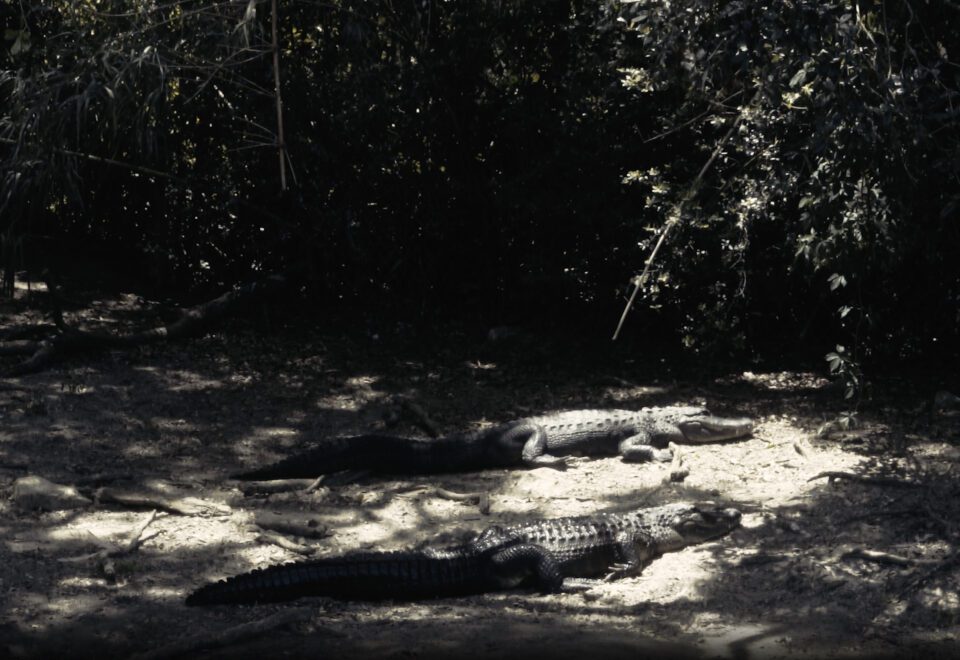
A: Who, or what, are your main inspirations?
SW: Daily life being lived out and asking how to respond to it. This can be quite overwhelming. Much of my work begins as a questioning of my own perception and memory, which means my practice often becomes about undoing what I think I know. I might insert myself in scenarios with people or animals that are unfamiliar to me. Editing for me is a form of revisiting and unfixing the past, mediating between perception, reflection and imagination and allowing the present to flow in all directions. I am very interested in what a cut between images and sounds produces and how it reorients attention.
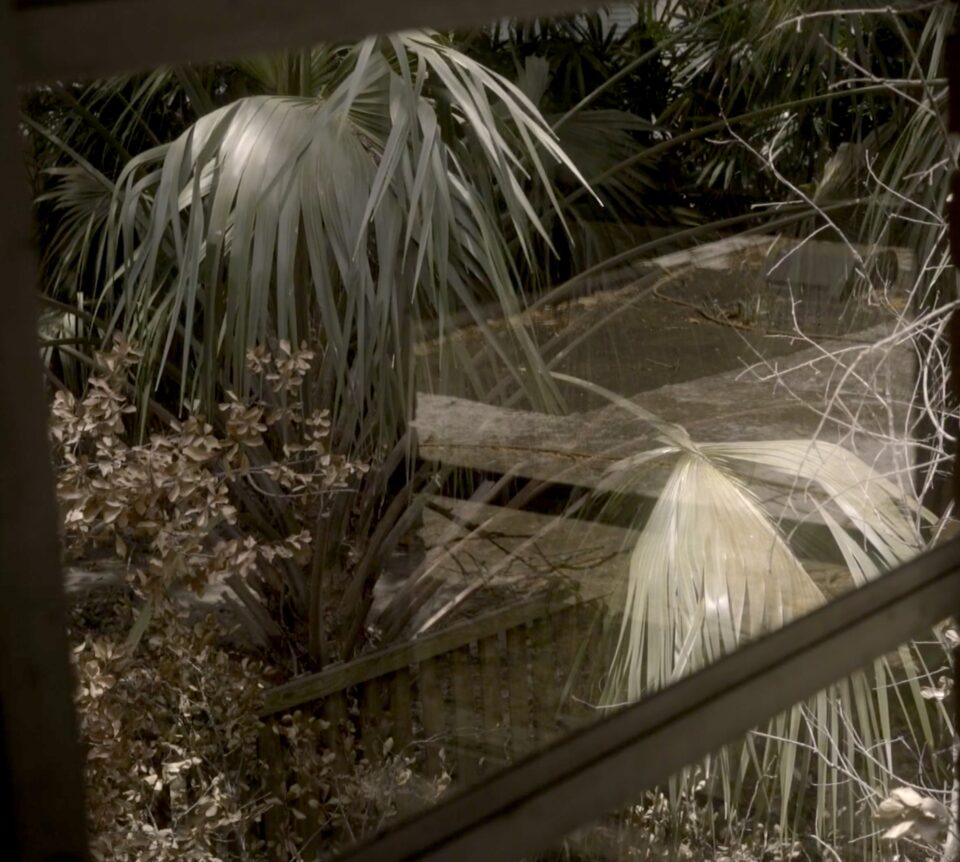
A: How did you go about utilising and building upon the sound from the electric organ?
SW: I have been working in Florida for some time, observing and listening to the diverse life forms in a changing and mutating swamp landscape. At the time, I was preoccupied with how a person or consciousness could be embodied. The electric organ helped me think of time as a transfer of energy, entangling me with Lizzy and past with present. I wanted to make a film thinking through the characteristics of sound this way, revealing time as a vibration emerging from relationships, which is how I think about cinema too. Sound doesn’t travel in a vacuum like light, but requires a medium to travel through in order to exist. This produces a particular quality or timbre depending on what medium is being disturbed. I wanted to explore these reciprocal descriptions. Having filmed in the area, I was familiar with some of the existing relations between solid, liquid, gas and bodies nearby and how to find or wait for these to reveal themselves. I started recording and editing through weaving together vibrations from light, sound and the place where Lizzy lived called Sulphur Springs.
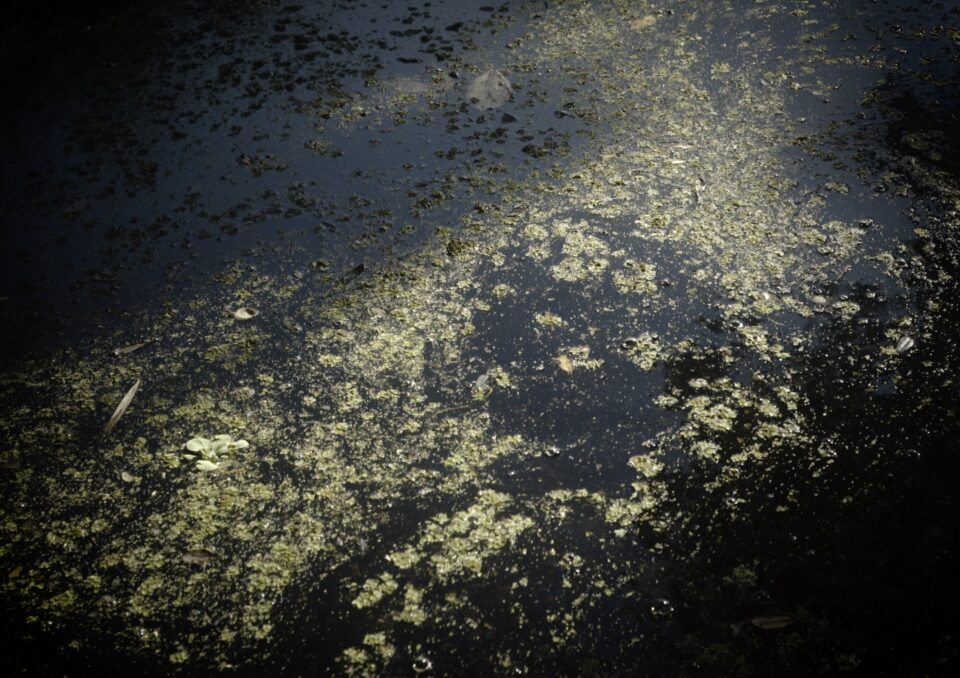
A: Are there new directions or projects you’re excited about that continue exploring these themes?
SW: I have recently been exploring text and writing through sound. English is not my first language, and I am quite interested in the delay and performance that comes from having to translate things in your head before speaking. I have also started writing something that is based on filmed material and recordings of a particular place, as an alternative form of scriptwriting that follows other kinds of logic. I am interested in revisiting my own past through overlapping and connecting transnational and Indigenous narratives.
The Aesthetica Art Prize Exhibition 2025 is at York Art Gallery until 25 January.
susannawallin.com | yorkartgallery.org.uk
Find out more about the Aesthetica Art Prize 2025 Shortlist here.
Words: Emma Jacob & Susanna Wallin.
Image Credits:
All images courtesy of Susanna Wallin.


